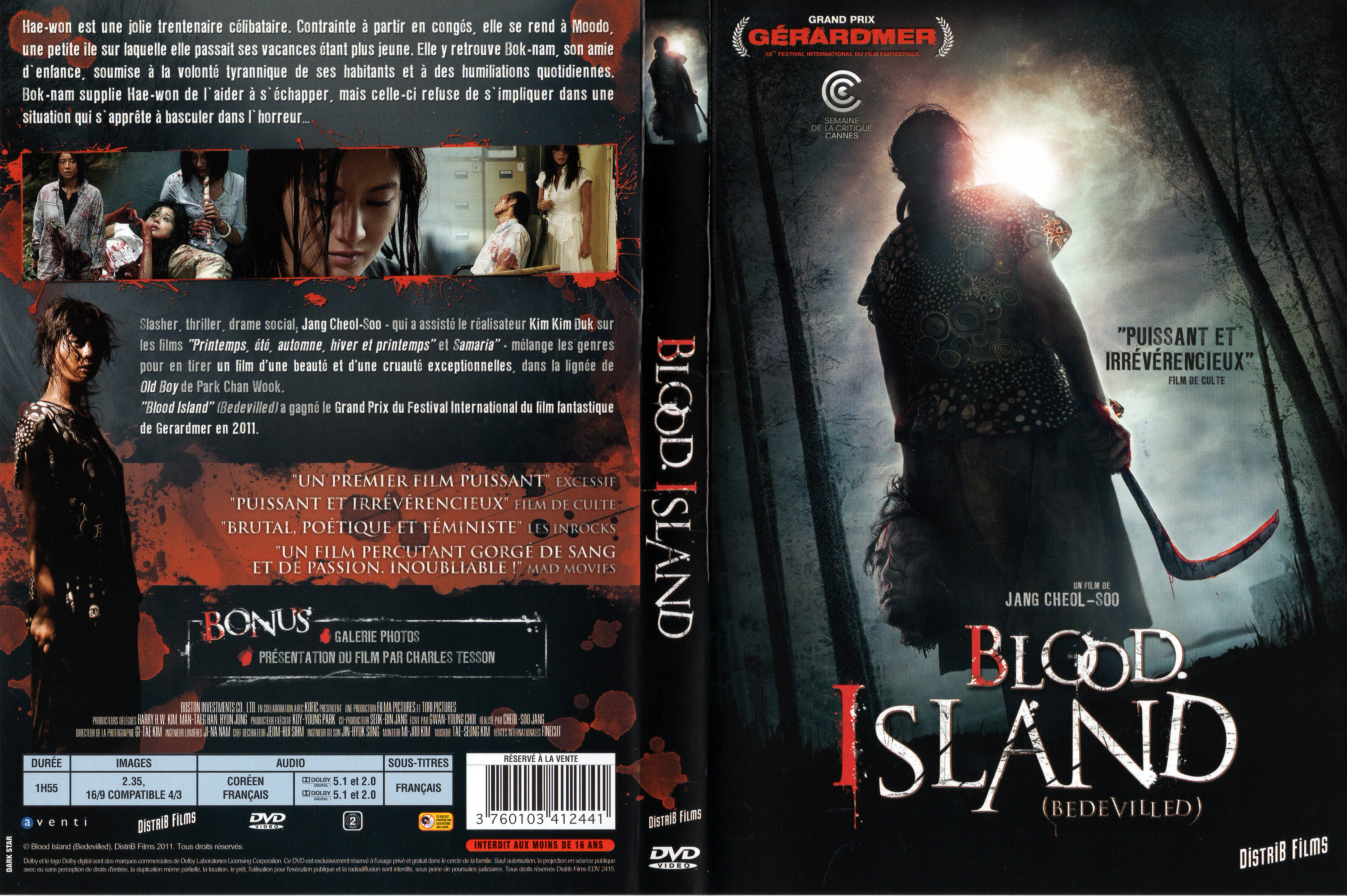

#HELL ON BLOOD ISLAND FULL#
It wasn’t until the troops began to push inland that they finally felt the full fury of the enemy defense.īy this stage of the war, many in the Japanese military high command believed their cause was lost. They expected to be repulsed by the Japanese as they waded ashore, but instead were met with little resistance. More than 184,000 American soldiers and marines landed on the beaches of Okinawa. The closeness of the island-less than 1,000 miles from Tokyo-meant the bombers could be provided with crucial fighter protection going in and coming back from their missions. The American strategy was to secure Okinawa and then launch B-29 Superfortress attacks from what would become Kadena Air Field in preparation for the final assault of Japan.

Operation Iceberg began April 1, 1945, with the largest amphibious operation of the Pacific Theater. The island would just be a charred cinder. The enemy leaders had said they would all die fighting. Truman knew would lose planes and ships and men-and all the Japanese. “They could see how costly it would be to invade the mainland. “Okinawa and Iwo Jima before then had rattled the President and joint chiefs of staff,” Wheelan says in an interview. Both Joseph Wheelan’s Bloody Okinawa: The Last Great Battle of World War II and Saul David’s Crucible of Hell: The Heroism and Tragedy of Okinawa, 1945 recount the human cost of ending a war that was still a long way from over.Ĭrucible of Hell: The Heroism and Tragedy of Okinawa, 1945įrom the award-winning historian, Saul David, the riveting narrative of the heroic US troops, bonded by the brotherhood and sacrifice of war, who overcame enormous casualties to pull off the toughest invasion of WWII's Pacific Theater - and the Japanese forces who fought with tragic desperation to stop them. Two new books examine the carnage of this conflict 75 years ago and its influence on the decision to use that frightening new weapon. Before the Battle of Okinawa even ended, on June 22, 1945, Truman had come to the conclusion that he had no choice but to drop the atomic bomb in order to avoid “an Okinawa from one end of Japan to the other.” He learned about the Manhattan Project in April when he took office after the death of Franklin Delano Roosevelt. Truman, what came next was a fateful decision.

Navy, which lost 36 warships and had another 368 damaged, including the aircraft carrier USS Bunker Hill, which was struck by two kamikaze-suicide plane-attacks.įor President Harry S. It was an extremely costly engagement, too, for the U.S. An estimated 100,000 civilians also perished, either caught in the crossfire between the two armies or through forced mass suicide. Japan sacrificed even more men: at least 110,000 soldiers, many after the battle was lost. The United States suffered death on a staggering scale: 7,500 Marines and soldiers and another 5,000 sailors. The Marines and Army endured gruesome casualties-physically and psychologically-as they slugged it out with an enemy bent on a suicidal defense of the small island. The Americans wanted to seize the main airfield on Okinawa to launch bombers against enemy industrial sites the Japanese were prepared to fight to the last man to prevent the capture of their home soil. The island was to be a preview for the invasion of Japan, only 350 miles away. “Brains and blood were splattered all over the Marine’s rifle, boondockers, and canvas leggings.”Ĭomrades of the shell-shocked Marine took his arms and led him away to an aid station. “I winced each time it came down with a sickening sound into the gory mass,” Sledge later wrote in his memoir of the war. A fellow Marine with a dazed look on his face approached one of the corpses and repeatedly plunged his rifle into the dead man’s head. Two Japanese soldiers with samurai swords had attacked his unit’s position on Okinawa in June 1945 but had been killed before they could cause harm.

Marine Private Eugene Sledge watched in stunned horror.


 0 kommentar(er)
0 kommentar(er)
